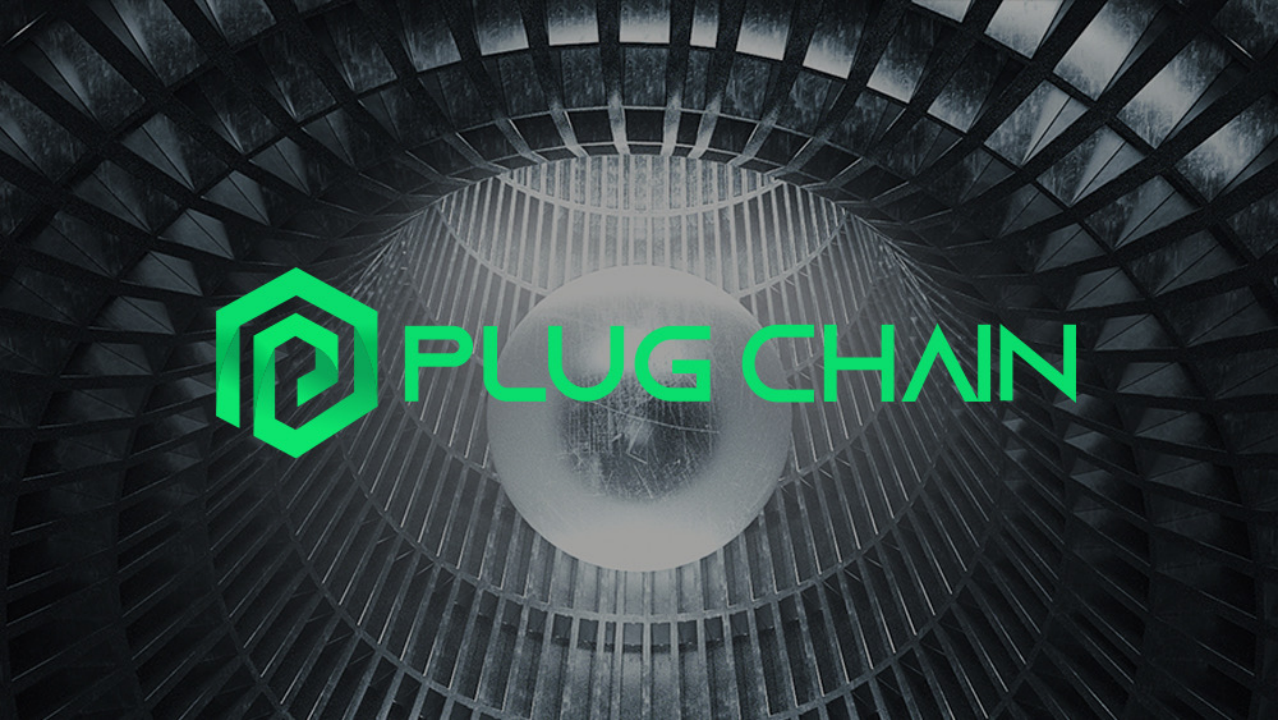Abstract: Public Chains, the Cornerstone of Blockchain World Development
Introduction: Since its inception, public chains have made significant progress, attracting global attention and investment from various industries and countries. Their decentralized nature and transparent framework make them an ideal tool for facilitating secure and efficient transactions, paving the way for new business models and use cases. Additionally, the growth of the public chain market is remarkable, and it is expected to continue accelerating in the foreseeable future.
Veil 1: Market Distribution of Public Chains
Generally speaking, the market types of public chains include pseudonymous addresses, which allow users to conceal their real identities behind unique addresses; PGP encryption, which provides secure communication between parties involved in transactions; cryptocurrencies, which offer an additional layer of security through encryption algorithms; and distributed consensus, which ensures consensus among all nodes on the validity of transactions on the network.

Furthermore, public chains have a wide range of market applications, including financial services (enabling secure and transparent transactions, eliminating the need for intermediaries) and non-financial sectors (such as supply chain management, healthcare record management, and voting systems). Both markets benefit from the security and transparency provided by blockchain technology, resulting in more efficient and trustworthy transactions.
According to relevant data, significant growth is expected in the public chain market in the coming years, particularly in North America, the Asia-Pacific region, Europe, the United States, and China. Due to the early adoption of blockchain technology in industries such as banking, finance, healthcare, and supply chain management, the United States is expected to hold a significant market share in the public chain technology market. As emerging economies like China and India increasingly adopt blockchain technology, the growth in the Asia-Pacific region should not be overlooked. Additionally, the number of blockchain startups in Europe is steadily increasing, and there is a growing demand for blockchain solutions across various industries.
Overall, driven by the adoption of blockchain solutions across industries and an increasing awareness of the advantages of blockchain technology, the public chain technology market is expected to experience significant growth in the coming years.
Veil 2: Development Potential of Public Chains
According to market research on public chain technology, the global market size of public chains is projected to grow at a compound annual growth rate of 4.7% during the forecast period. The report also highlights that various industries, including finance, healthcare, and supply chain, are increasingly adopting blockchain technology, which is driving market growth. The report recommends enterprises to invest in research and development to enhance the security and scalability of public chain solutions, ensuring their successful implementation in the future.
On one hand, in this unprecedented digital era, public chain technology has emerged as a promising solution for secure and transparent transactions. With advancements in pseudonymous addresses, PGP encryption, cryptocurrencies, and distributed consensus, this decentralized technology has experienced significant market growth.

Pseudonymous addresses enable users to maintain privacy on the blockchain while ensuring transparency and accountability. PGP encryption adds an additional layer of security by encrypting sensitive data, preventing unauthorized access. Furthermore, mainstream cryptocurrencies like Bitcoin and Ethereum have gained widespread acceptance, providing users with a secure and efficient medium of exchange.
On the other hand, the distributed consensus mechanism within public chains eliminates the need for central authority, ensuring trust and reliability. These functionalities have not only revolutionized the financial services sector but also found applications in non-financial sectors, including supply chain management, healthcare, and voting systems.
However, the adoption of public chain technology is not without challenges. Regulatory and legal factors play a crucial role in shaping the market conditions for these technologies. Governments worldwide are striving to strike a balance between promoting innovation and mitigating potential risks such as money laundering and fraud. As a result, different regions have introduced varying regulations to ensure compliance with legal frameworks, leading to a fragmented regulatory landscape.
Despite these challenges, the public chain technology market continues to demonstrate significant potential. With advancements in technology and the development of regulatory frameworks, businesses and organizations can harness the power of blockchain to streamline operations, enhance security, and drive innovation in both financial and non-financial sectors, ensuring a prosperous digital future.
Veil 3: Value Capture of Public Chains
In the previous bull market, Ethereum played a crucial role in the development of public chains. For many public chains at that time, in order to ensure a healthy ecosystem, they needed to capture value from ETH, attracting large capital migration while ensuring their ecosystem development was highly usable and comprehensive. In particular, most public chains aimed to start with DeFi and compete with ETH in terms of TPS.
If we consider an ecosystem as a small financial circle, more ecosystems will have various ecological niches. Each ecosystem occupies a unique position by building and developing according to its niche. Of course, the ecosystem development of some public chains is determined by user preference, and products that are not used by users will gradually be eliminated from the ecosystem. This naturally leads to the establishment of the ecosystem’s position and its own positioning.
The interface for capital flow from the real world to the blockchain world is currently mainly addressed by centralized exchanges (CEX), with some decentralized exchanges (DEX) attempting to solve this issue. However, it is challenging for DEX to address the onboarding of offline funds to the blockchain, as it involves the involvement of traditional institutions. Terra attempted to introduce various national currencies and stocks as a solution, although it ultimately failed with the collapse of Luna. Currently, players in this field are predominantly CEX, but the trend is undoubtedly moving towards the development of DEX. Ultimately, a combination of DEX and CEX is likely to coexist.

However, most of the on-chain DeFi is currently being competed by Layer2 solutions built on Ethereum or other public chains. Due to the limitations of Ethereum in terms of TPS and high gas fees, many low-value users have had to give up participating in gas wars and seek alternatives with lower costs. This is a natural development in the course of things. Early profit seekers will find ways to maintain their profits, while later value miners will also need to increase their own earnings. This inevitably leads to a large number of value miners migrating to other ecosystems to mine more value.
Apart from Solana, Cosmos, Polkadot, and others that were designed from the outset to address specific problems in certain directions, the rest of the public chains are actually finding their own positioning in the process of exploring on-chain DeFi. With the market booming, some public chains will seize ecological positions through early ecosystem development. For example, new public chains like PlugChain have made breakthroughs in the niche areas of oracles and cross-chain solutions, ushering in a new wave of public chain development.
It is worth mentioning that PlugChain, as a dedicated cross-chain oracle public chain with an emphasis on aggregation, cleverly incorporates on-chain AI technology. Therefore, when providing AI computing services, it can ensure the security and integrity of the invoked code through trusted computing technology. Additionally, by indexing trusted AI computing services on-chain, it allows the value of on-chain data to be unleashed and better applied in ecological scenarios. This facilitates the value capture of PlugChain as a public chain and contributes to the prosperity of its ecosystem.

In conclusion:public chains serve as the infrastructure and underlying technology of the Web3 world. They are the foundation for DApps and the gathering place for ecosystems and communities. However, there are still many shortcomings in current public chain projects, such as high user entry barriers, high development difficulties, insufficient network throughput, gas fees, and more. The emergence of both promising and subpar projects during the startup phase exacerbates these issues. It is undeniable that many public chains will face a reshuffling moment in the near future, and only those projects that prioritize technological advancements and strive for the realization of network value can achieve long-term development.
PlugChain takes the aggregated cross-chain oracle protocol as the core, integrates the advantages of high performance, high expansion, low gas!
Website: https://plugchain.io
Twitter: https://twitter.com/Plugchainclub @Plugchainclub
Telegram: https://t.me/plugchain
Discord: https://discord.gg/GdpPzUt89E
Youtube: https://www.youtube.com/channel/UCW4s0YFA7y1qYis1eW3Wcog
Medium: https://officialplugchain.medium.com/
NFT Market:https://very5.com/
GitHub:https://github.com/oracleNetworkProtocol/plugchain
Official Email:officialplugchain@gmail.com
#PlugChain #Pando #Very5 #Gxswap #Oracle #prc20 #web3



Comments
Post a Comment